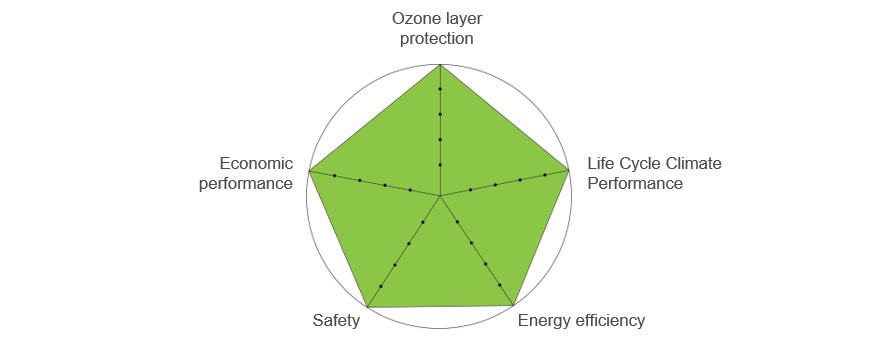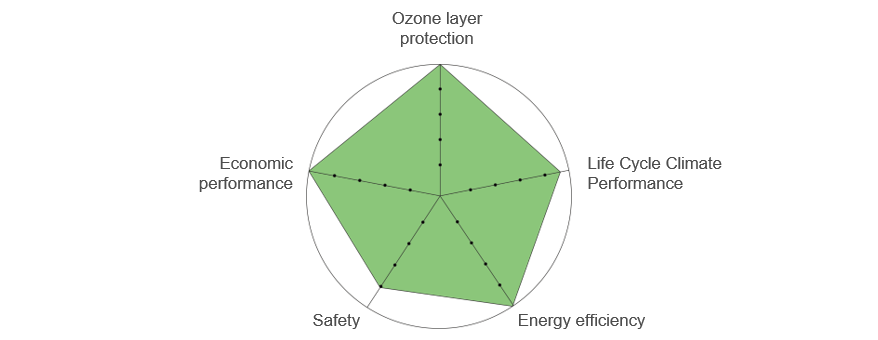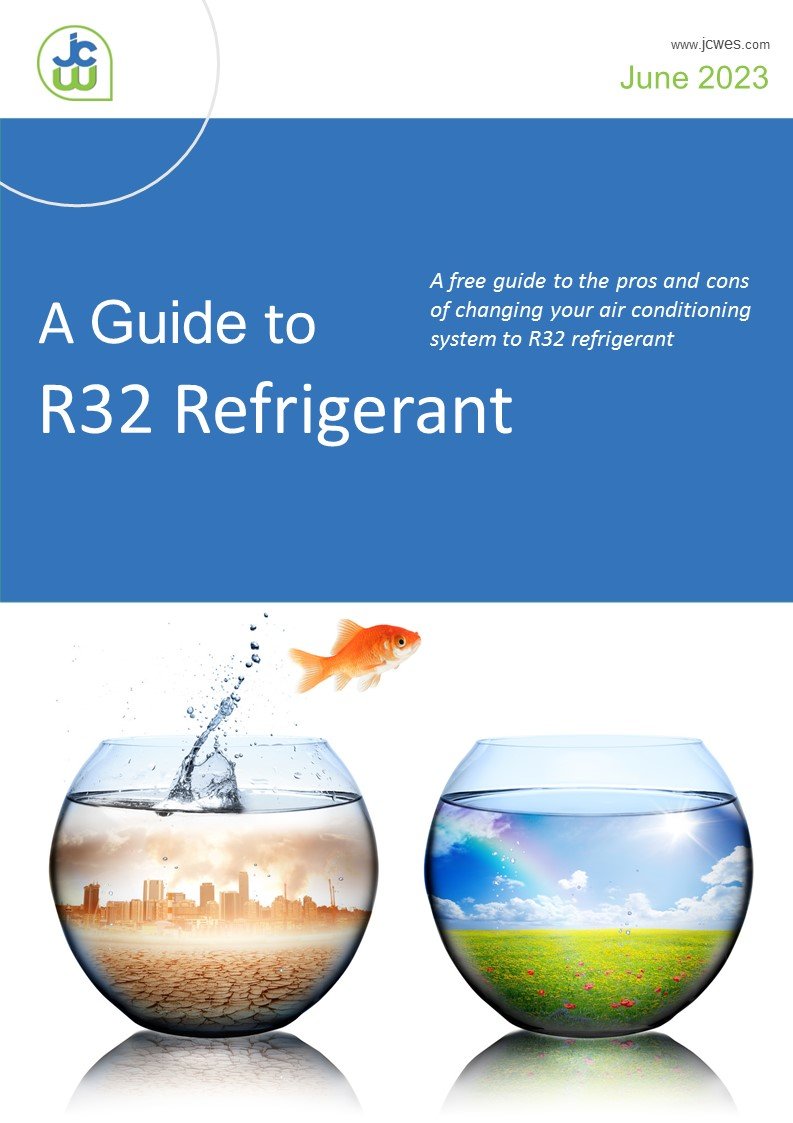The Perfect Refrigerant
/Almost everything has a ‘shelf life’. Food, phones, cars. Refrigerant has a shelf life too. We don’t mean in a perishable sense of course. We mean more in that the type of refrigerant we use in air conditioning units, needs to evolve and become less harmful to the environment. This is so they meet the requirements as set out in the 2014 EU Flourinated Greenhouse Gas (F-Gas) Regulations. We have already seen the banning of R22 and the strict phase down guidelines targeting popular refrigerants such as R410A and R407C.
There continues to be much development around air conditioning systems that run on R32 refrigerant which can be very beneficial from an energy, cost and environmental perspective but what is the shelf life for these systems and why might R32 not be a longer term solution?
What does the perfect refrigerant look like?
The closer to perfect the refrigerant is, the longer the shelf life, in theory. Here we look at what we believe would make the perfect example:
Ozone Layer Protection
Fluorinated gases (F-gases) are a family of man made gases and do not directly damage the ozone layer so are often used as substitutes for ozone depleting substances. However, these F-gases are, in fact, powerful greenhouse gases and have a serious negative impact on the global warming effect. Regulations are pushing for refrigerants with a low global warming potential (GWP) to be utilised.
Life Cycle Climate Performance
The life cycle performance (LCCP) is an evaluation of HVAC systems for their global warming impact over the course of their complete life cycle. This includes all effects from the release of refrigerants into the atmosphere during the lifetime of the system, from annual leakage and loss during disposal, as well as indirect emissions from the manufacturing, process, energy consumption and disposal of the system.
Energy Efficiency
Manufacturers strive to produce the most energy efficient systems but the type of refrigerant used within these systems is equally as important. Using refrigerant which requires less charge would mean that the gas will last longer. Also if the refrigerant has a higher volumetric cooling capacity, this will increase efficiency.
Safety
Refrigerant used in AC systems isn’t poisonous as such but leak tests should still be conducted on units at least once a year. Some refrigerants are non-flammable while others have flammability and additional safety considerations and precautions need to be taken to ensure a safe working environment.
Economic Performance
According to the Carbon Trust, some organisations refrigeration costs can represent over 50 percent of their energy bills. The cheaper the refrigerant and the further it goes will help reduce overall costs.
How does R32 fit?
Currently R32 leads the way when compared to legacy refrigerants such as R410A and R407C. R32 has a far lower GWP of 675, is far more energy efficient and is a sound economic investment for many companies. However, it also comes with a low flammability label, which means it may not be suitable for certain applications.
What is the shelf life of R32
As we have seen, R32 is not the perfect refrigerant either. It does have a low GWP, but not low enough to sustain a long life on the air conditioning shelf, as regulations continue to tighten, so the search continues...
There isn’t actually a refrigerant which perfectly meets all demands and criteria for today. However, there is no doubt that manufacturers are investing heavily in R32 system technology and they will continue to improve and expand on the system portfolio.
So, it would seem that R32 is as good as it can get, for now anyway…
Is R32 right for you?
It is recommended that before you make any decision with regard to which AC system is right for your premises, you have a site survey carried out by a qualified engineer. If you would like to know if R32 can work for you, contact us to arrange an appointment.
To find out more about the pros and cons of R32 systems, download our free eBook - A Guide to R32 Refrigerant.













